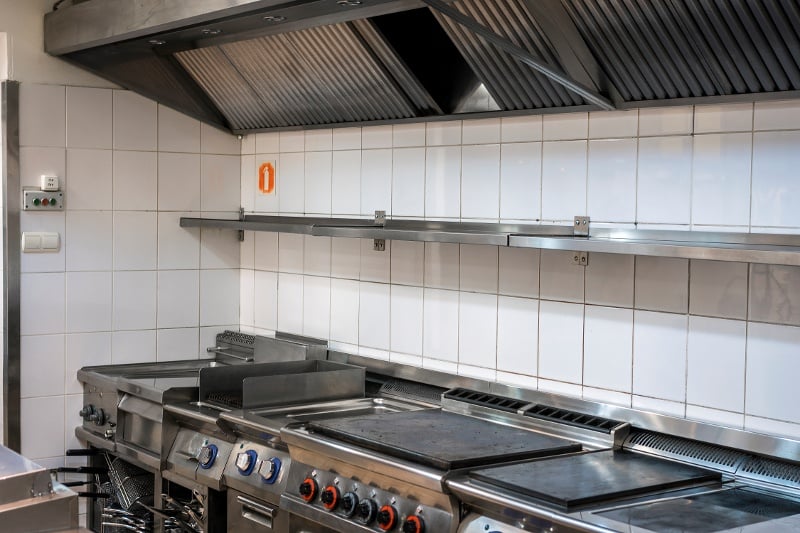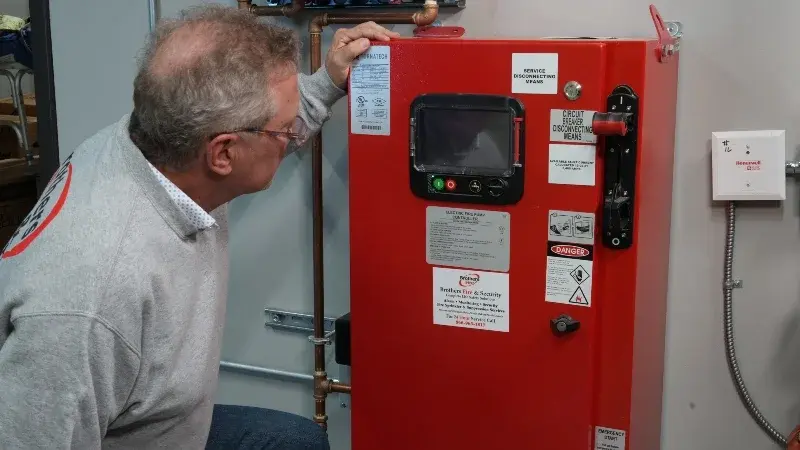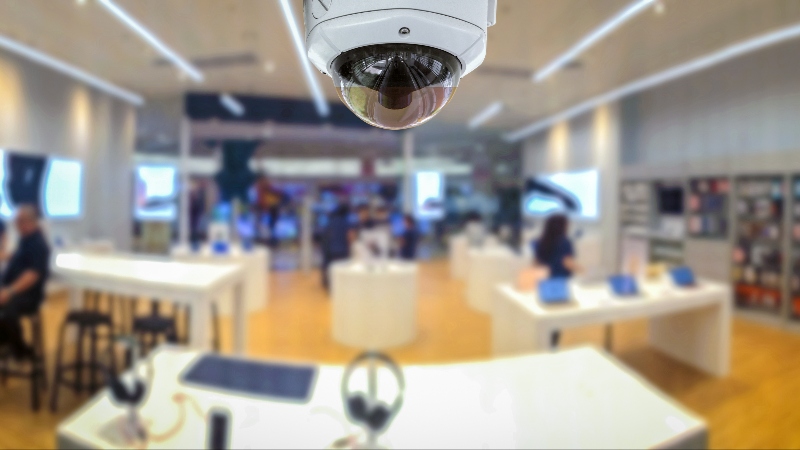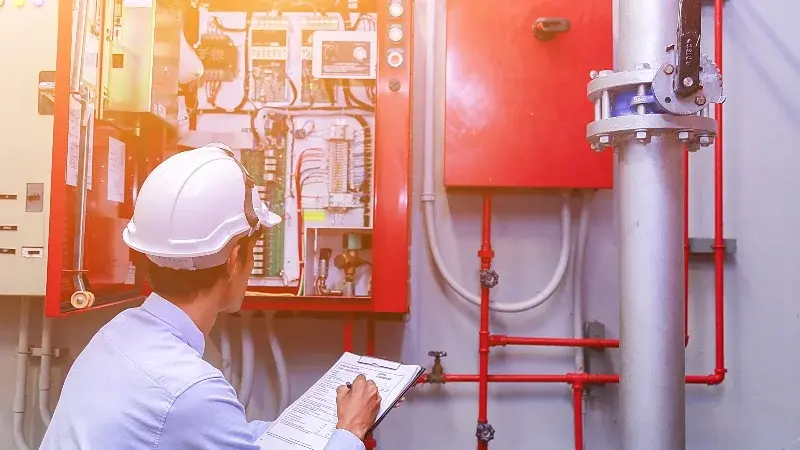Beyond the Door: How Modern Access Control Systems Protect Multi-Location Businesses
If you're running multiple business locations, you know the security headaches that come with it. Each site has different staff, varying access...
 |
Fire protection professionals committed to safeguarding lives, property, and peace of mind. |
 |
Solutions designed for your property type, from multi-family housing to healthcare facilities to retail spaces. |

|
Fire alarm, area of refuge, camera, and card access monitoring services. |
 |
Clear communication and instant response when every second counts. |
 |
From kitchens to server rooms, the right protection for every space. |
 |
Keep your primary defense system ready and reliable. |

|
Manage all your properties' access from one simple platform. |
 |
Monitor multiple properties in real time from anywhere, at any time. |

|
Document upcoming maintenance appointments and improve your proactive budget planning. |
 |
Fire Extinguisher Maintenance Checklist Learn the requirements for testing extinguishers monthly, annually, and beyond. |

|
Track all your inspection deadlines in one place. |
 |
Kitchen Hood Inspection Checklist Ensure your kitchen hoods are safe and compliant. Download a complete list of testing requirements. |

|
Guide to Fire & Security Monitoring Your complete property protection handbook in practical terms. |

|
Running a food truck takes work—this guide gives you the tools to keep it safe and up to code. |
 |
Comprehensive Guide to NFPA 13 and NFPA 25 Fire Sprinkler Systems Navigate sprinkler system requirements with confidence using our straightforward guide to codes and maintenance. |

|
Get your essential compliance guide. |

It’s your job to remove smoke, grease, and grime from your kitchen hood and cooking area. You need to clean it regularly so splatters and grease don’t accumulate on the hood itself or in its ductwork, creating a potential fire hazard.
Your kitchen hood should be cleaned at least every three months, or once a month if you cook more often than occasionally or use high levels of grease or animal fat.. Commercial kitchens follow the same regime; however, if you run a busy or greasy kitchen, you may need to increase your cleaning frequency.
The following steps outline how to clean your kitchen hood the right way, followed by a few extra steps for commercial kitchen owners:
You can use a degreasing product to clean your kitchen hood, or you can mix one part vinegar with one part water as an effective and cheap alternative!
Unplug your hood or cut the breaker that supplies power to it. You’ll be getting some of its parts wet, so this will keep you safe from being electrocuted.
Douse the outside of your hood with your chosen cleaning solution and thoroughly wipe down the area using a microfiber cloth, paper towels, or a clean rag.
The underside of your hood can become quite dirty and may require some scrubbing. Use a scrubbing brush that’s designed for delicate surfaces, apply your solution, and scrub away! If this area has tough stains that aren’t coming out, make a thin paste out of warm water and baking soda and apply it to the underside, leaving it to do its work for about 30 minutes.
The next step is to carefully remove your hood’s filter. Soak it in a sink filled with a mixture of hot water, dish soap, and baking soda. Once all the grime is loosened, go ahead and scrub until all dirt has been removed. Be careful not to scrub so vigorously that you damage the filter! When the filter is clean, rinse it and let it air-dry before putting it back in the hood.
Kitchen hoods are equipped with ductwork or a vent that enters the house. Grease can build up in these areas and cause a potential fire. Ductwork or vent areas are hard to get to without proper tools, so if you’ve encountered lots of grease while cleaning the other parts of your kitchen hood, it would be wise to pause here and hire a professional to get the buildup in the vent or ductwork out.
Add the following steps to your kitchen hood cleaning if you have a commercial kitchen:
Remove the grease traps from your kitchen hood and remove as much grease as possible. Use your scrubbing brush to get rid of any remaining grease, then fill your sink with one of your cleaning solutions, let the traps soak for 5 to 10 minutes, and let them air-dry completely before putting them back into place.
Commercial kitchen hoods each have at least two fans. In order to clean them, you’ll need to detach and remove them from the hood. Use a drill to detach the fan blade cover so you can access the blades. Remove each blade, making sure to keep track of where each goes in your hood, and soak them in warm, soapy water. Dry the blades and reattach them into the unit.
Once activated, suppression systems discharge their chemical agents through nozzles to suffocate the fire. These systems also cut off the gas control valve and power to appliances to decrease the chance of the fire spreading. Fans in the hood then work to remove smoke from the kitchen.
If you need help cleaning, installing, or checking code compliance of your kitchen hood or kitchen hood suppression system, give Brothers Fire & Security a call! We’ll make sure you have the right system to keep you and your kitchen safe.

If you're running multiple business locations, you know the security headaches that come with it. Each site has different staff, varying access...

Security systems can be an invaluable investment for retailers, helping their employees and premises stay safer and more secure. By choosing a...

How old are your building’s fire safety systems? It’s important to know how often fire systems need inspection. However, it is also vital to ensure...